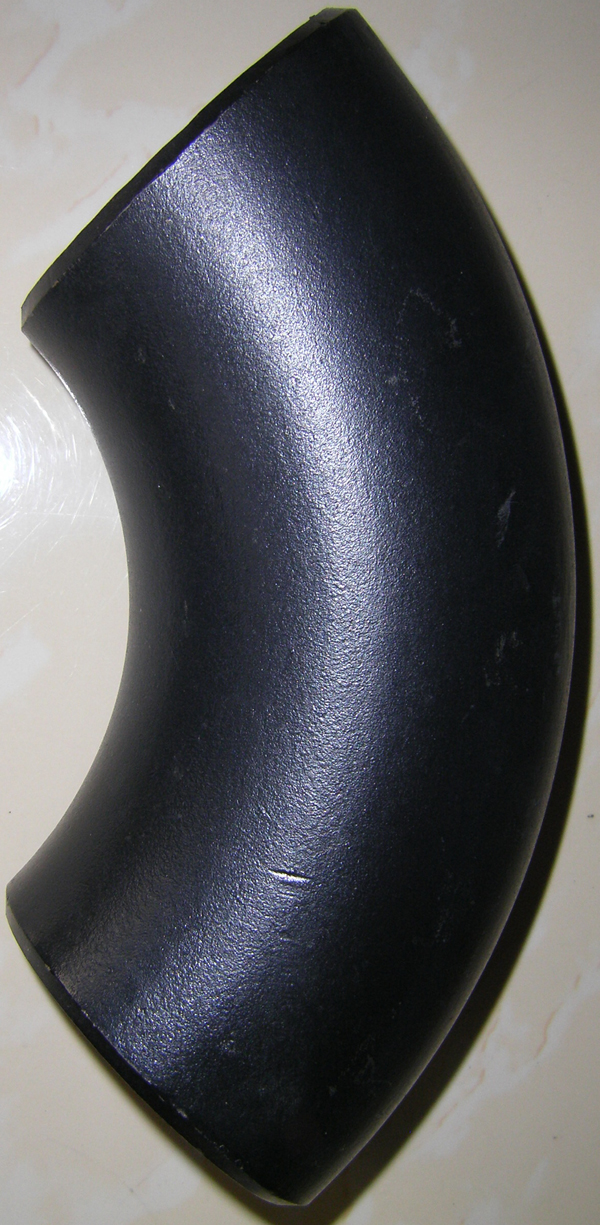[
Pacific Security Network News ]
Camera lenses are very common, so what is the role of the camera lens? Optical parts (mirrors, mirrors, prisms) of various shapes and different media (plastic, glass or crystal) are combined in a certain way, so that after the light is transmitted or reflected by these optical parts, it changes according to people's needs. The direction of light transmission is received by the receiving device, which completes the optical imaging process of the object.
The optical lens should meet the requirements of clear imaging, strong light transmittance, uniform image surface illumination, small image distortion, and adjustable aperture.
In general, each lens is composed of multiple sets of lenses with different curvatures of the surface at different intervals. The choice of the pitch and lens curvature, transmission coefficient and other indicators determine the focal length of the lens.
First, the lens classification
The camera lens is divided into two types according to its function and operation method: common lens and special lens.
Common lenses are divided into fixed focus lenses (automatic and manual iris) and zoom lenses (automatic and manual iris).
Special lenses are specially designed for special working environments, generally with wide-angle lenses and pinhole lenses.
Second, the lens parameters
a, relative aperture
The main function of the aperture is to control the appropriate illumination required for imaging by controlling the amount of light in the lens. The larger the aperture, the larger the illumination of the target surface, and the higher the output signal strength of the camera, the higher the signal-to-noise ratio.
If the actual aperture of the aperture is ψ, the effective aperture D of the lens is larger than the actual aperture due to the refraction of the light passing through the lens, and the relative aperture of the aperture is equal to the ratio of the effective aperture to the focal length of the lens, ie: A=D/f, f is the lens The focal length.
b, aperture coefficient
The parameter characterizing the aperture size of the lens is usually defined as the aperture factor, denoted by F. The aperture factor is the reciprocal of the relative aperture of the lens aperture. The law of the F value is that the latter value is exactly √2 times the previous value, which is because the center brightness of the imaging plane is proportional to (1/F)2. The smaller the F value, the greater the sensitivity. Common values ​​are 1.4, 2, 2.8, 4, 5.6, 8, 11, 16, 22 and so on.
c, field of view
We often use the angle of view to characterize the extent of the scene. The so-called field of view means that the scenes within the field of view can all fall within the imaging size, while scenes other than the field of view will not be taken. Therefore, the angle of view of the lens is related to the focal length of the camera and the focal length of the lens.
According to the geometric principle, the calculation formula of the angle of view can be obtained as follows:
ωH=2tg-1(h/2f)ωV=2tg-1(v/2f)
Where ωH is the horizontal field of view angle, ωV is the vertical field of view angle, f is the focal length of the lens, h is the horizontal width of the camera's target surface, and v is the vertical height of the camera's target surface. See the camera section for specific values.
When the imaging size is determined, the shorter the focal length, the larger the angle of view. Therefore, the lens can be divided into a long-angle lens (angle of view less than 45 °), standard lens (angle of view 45 ° ~ 50 °), wide-angle lens (angle of view greater than 50 °), super wide-angle lens (angle of view is close to 180) °), fisheye lens (angle of view greater than 180 °) and so on.
In addition, we can also get the following formula to calculate any of the unknown data.
f/v=D/Vf/h=D/H
Among them: f ─ ─ lens focal length; D ─ ─ lens to the distance of the scene; h ─ ─ target width; H ─ ─ target height.
Disclaimer: All works that indicate the source of this website are copyrighted or entitled to use by this website. Welcome to reprint and indicate the source. Non-this works are all from the Internet, and the purpose of reprinting is to transmit more information. It does not mean that this website agrees with its views and is responsible for its authenticity.
Pipe Elbow is to change the direction of the pipe in the piping system. 45 ° and 90 ° 180 ° three kind most commonly used, according to project needs, also include 60 °bend and other non-normal angles.
|
Product Name:90 Degree Elbow
|
|
Size:DN10-DN2500
|
|
Materials: A234 WBP-WP1-WP12-WP11, A403 WP 304-304L-316-316L, A402 WPL3-WPL 6,A860 WPHY 42-46-52-60-65-70,PG370,C20
|
|
Thickness: 2mm-100mm
|
|
Standard:GB/ANSI/ GOST/ JIS/ DIN
|
|
Crafts: Butt, Push System, Simmer
|
|
Connection: Welding
|
|
Package: Wooden boxes,Wooden pallets,According to customer requirements.
|
|
Brand Name: HY
|
|
Place of Origin: China (Mainland)
|
|
Certification: ISO.UKS.SGS.BV
|
|
Application: Chemical, Water, Oil and gas, Electricity
|

90 Degree Elbow
90 Degree Elbow,90 Degree Elbow Fitting ,Pvc 90 Degree Elbow ,Stainless Steel 90 Degree Elbow
CANGZHOU HAOYUAN PIPE FITTINGS MFG CO.,LTD , https://www.pipefitting-china.com

